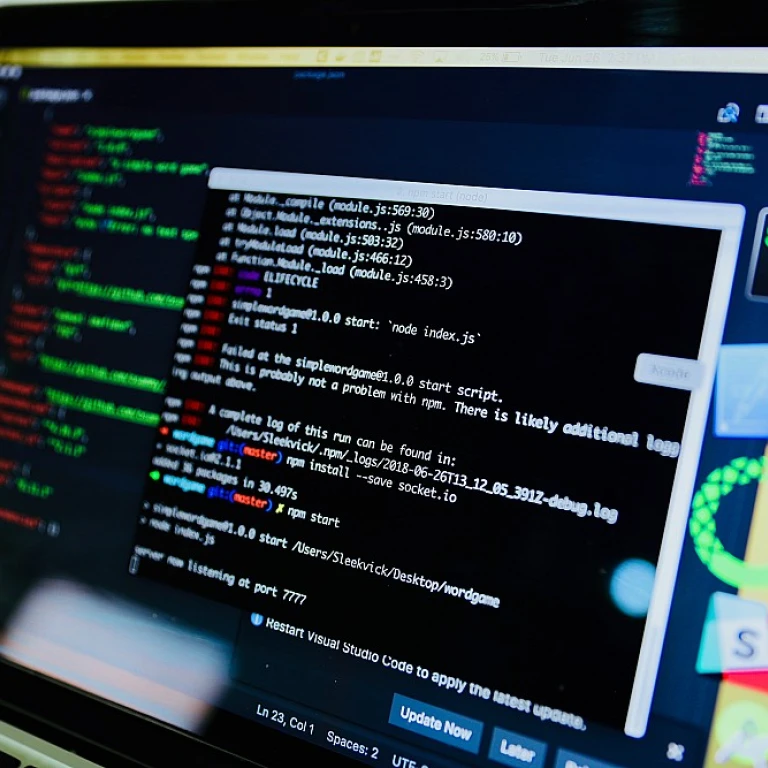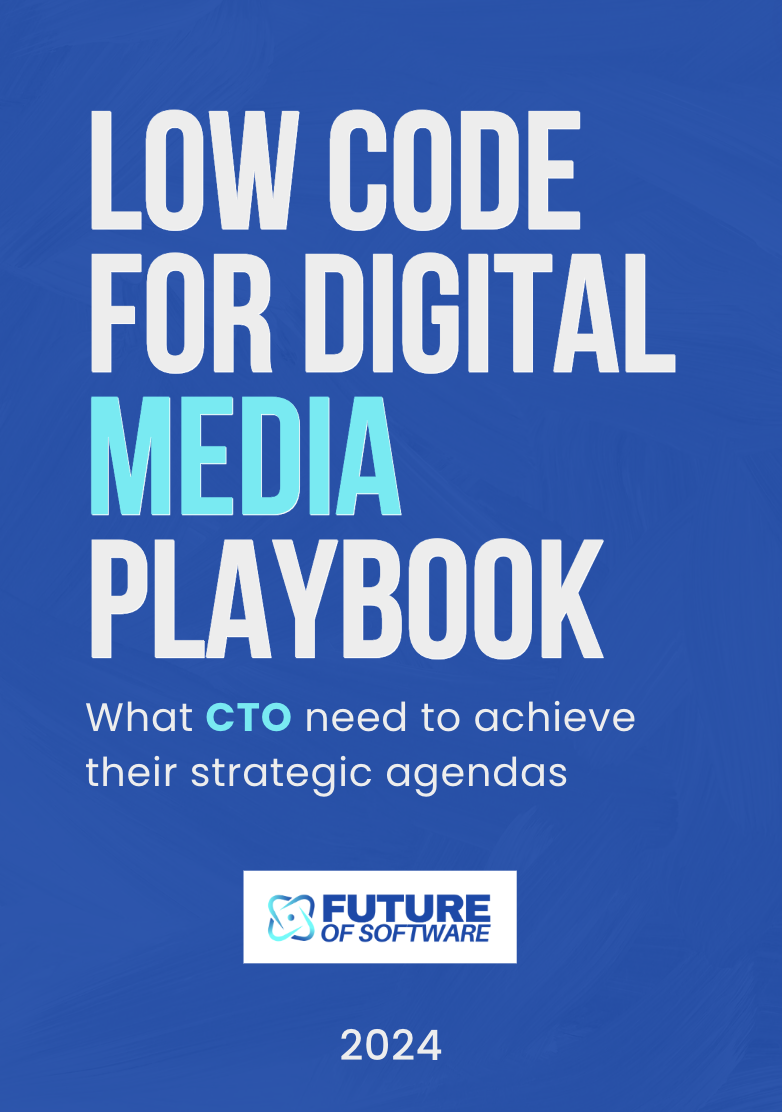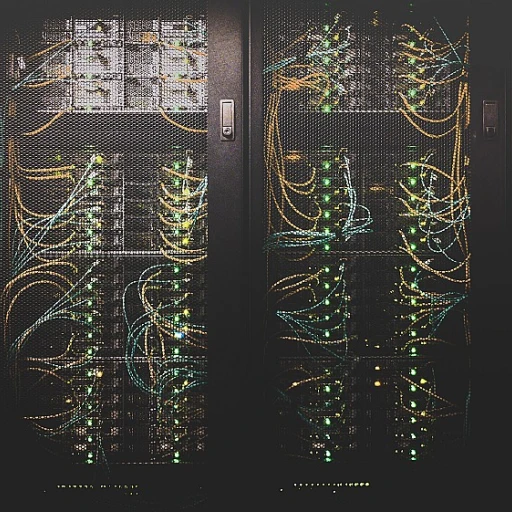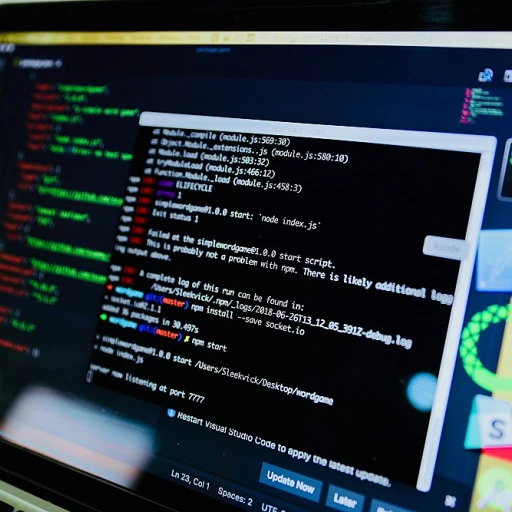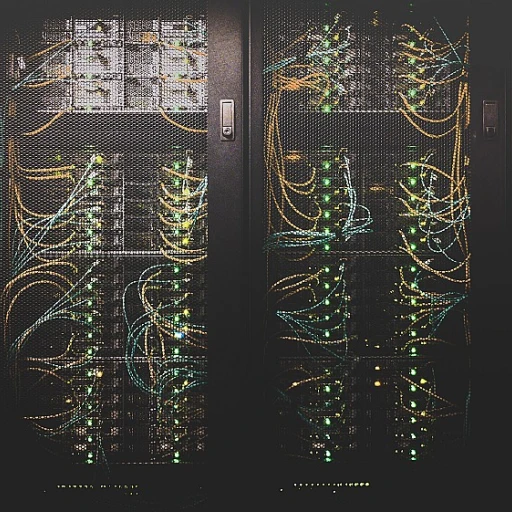The Rise of Low Code Development
The Growing Popularity of Simplified Coding
In recent times, the software development landscape has been witnessing a significant transformation, thanks largely to the increasing adoption of low code development. This trend is a game-changer for both experienced developers and those with minimal coding expertise. Low code platforms offer a simplified approach to building applications, enabling users to develop robust software solutions with minimal hand-coding. This not only speeds up the development process but also democratizes the creation of software.
The appeal of low code platforms lies in their user-friendly interfaces and pre-built components, which allow for rapid prototyping and iteration. This accessibility has resulted in more industries embracing software-driven solutions, as the barrier to entry is significantly lowered. Businesses can now rely on internal teams to create applications tailored to their specific needs, without the need to hire extensive external development resources.
While low code development is reshaping the development paradigm, it's also essential to consider how it intersects with other trends in the industry. For instance, cloud computing has further accelerated the adoption of low code platforms by providing scalable and flexible environments for deployment. At the same time, the evolution of artificial intelligence and machine learning offers new opportunities to enhance these platforms, paving the way for smarter and more dynamic applications.
However, as convenient as low code development may be, it's not without its challenges. Concerns around security, customization limitations, and integration with existing systems continue to be critical considerations for organizations. These challenges are explored in greater depth as we delve into the broader spectrum of software development trends.
To learn more about how these trends are reshaping the industry, visit our detailed analysis on the
future of software development.
Cloud Computing and Its Impact on Development
Embracing the Cloud: A Paradigm Shift in Software Development
In the ever-evolving landscape of technology, cloud computing continues to emerge as a game-changer in software development, ushering in a new era of efficiency and innovation. The flexibility, scalability, and cost-effectiveness offered by cloud solutions have transformed the way developers approach projects, enabling faster deployment and easier collaboration.
The integration of cloud computing into software development processes allows teams to collaborate seamlessly across geographical boundaries, utilizing shared resources without the need for extensive physical infrastructure. This not only reduces costs but also accelerates development timelines, enabling rapid innovation and iteration.
Moreover, cloud-based tools provide developers with access to a wide array of services and platforms that were previously unattainable due to high costs and resource limitations. From storage and databases to machine learning and artificial intelligence platforms, the cloud empowers developers with the tools needed to create sophisticated applications.
As organizations increasingly adopt a cloud-first approach, developers must navigate the complexities of cloud services and ensure that their applications are optimized for this environment. This transition necessitates a shift in skills and mindset, embracing cloud-native technologies and architectures for maximum efficiency.
Artificial Intelligence and Machine Learning in Software
Embracing Intelligence: AI and Machine Learning in Modern Software
The integration of Artificial Intelligence (AI) and Machine Learning (ML) into software development processes is not just a fleeting trend; it's reshaping the entire landscape. In our digital era, the demand for smarter, more efficient software has led to the widespread adoption of AI and ML technologies. This paradigmatic shift is facilitating innovations that streamline operations, enhance user experiences, and automate tasks that were once labor-intensive.
One of the most significant contributions of AI in software is the automation of mundane coding tasks. This automation frees up developers to focus on more complex problem-solving, fostering creativity and innovation. Furthermore, AI-driven tools can predict potential bugs and errors, significantly reducing debugging time and improving code quality.
Incorporating serverless computing into AI solutions is gaining traction as well. This approach allows for scalable and flexible solutions that require minimal infrastructure management, adding a new layer of efficiency to software development processes.
Machine Learning, a subset of AI, is also playing a pivotal role in data analysis and predictive modeling. By leveraging vast amounts of data, ML algorithms can identify patterns and make informed predictions, which are invaluable in fields ranging from finance to healthcare. The predictive capabilities allow software to not only react to user inputs but also to anticipate needs, providing a proactive user experience.
Aside from improving existing processes, AI and ML are paving the way for new market opportunities. Businesses that harness these technologies often see a competitive edge through enhanced customer insights, personalized experiences, and refined operational efficiencies.
The Shift to Progressive Web Apps
Embracing Progressive Web Apps
As the landscape of software development continues to evolve, Progressive Web Apps (PWAs) have emerged as a significant trend, offering an innovative solution for mobile and desktop applications alike. These apps blend the best of web and mobile applications, providing users with an enhanced experience and increased engagement levels.
The main advantage of PWAs lies in their ability to deliver app-like features directly through web browsers, eliminating the need for downloads or installations from app stores. This characteristic substantially lowers the entry barrier for users and enhances accessibility across various devices and operating systems. As a result, corporates and developers are increasingly turning to PWAs to reach a broader audience without the constraints of traditional app distribution channels.
Incorporating PWAs into a software strategy also aligns well with other trends in the industry, such as low code development and cloud computing. When paired with low code platforms, PWAs can be developed more efficiently, reducing time-to-market and allowing businesses to respond promptly to changes in market demands or consumer behavior. Meanwhile, cloud technology provides robust infrastructure and scalability for serving these web-based applications to a global user base.
Moreover, the trend towards more secure digital experiences, as mentioned in security challenges, is an area where PWAs demonstrate clear benefits. With heightened emphasis on security, PWAs leverage HTTPS connections to ensure a safe environment for users and minimize potential data breaches.
While the exploration into the potential of quantum computing and IoT is still in early stages, there is promise that these advanced technologies will further empower the capabilities of PWAs. For example, real-time data processing through IoT could be seamlessly integrated into PWA frameworks, offering users a rich and intelligent application experience.
As we continue to follow the shifting paradigms of development, it is evident that Progressive Web Apps represent not just a trend, but a significant transformation in how digital applications are delivered and experienced by users worldwide. For developers and businesses, staying ahead in this evolving landscape means embracing new technologies and methodologies that contribute to an efficient and user-centered digital ecosystem.
Security Challenges in the Digital Age
Navigating Cybersecurity in a Rapidly Evolving Digital Landscape
As software development continues to evolve, the concern for cybersecurity becomes increasingly paramount. In a landscape where cloud computing, artificial intelligence, machine learning, and other advancements are reshaping how we develop and interact with software, safeguarding digital assets is no longer an option but a necessity.
The digital ecosystem is growing more interconnected than ever, making software susceptible to a wide range of threats. With the rise of Progressive Web Apps (PWAs), we witness enhanced functionalities and user experiences. However, these advancements also introduce new vulnerabilities. Developers must now address these security challenges while maintaining the seamless operation and performance of their applications.
In this era, traditional security practices are proving insufficient. Cyber threats are not only more sophisticated, but they also evolve rapidly, requiring developers to adopt more proactive measures. Embracing cutting-edge security practices, such as adopting encryption standards, implementing robust identity management systems, and conducting regular security audits, is crucial for staying ahead of potential threats.
Furthermore, as Internet of Things (IoT) devices and quantum computing begin to integrate into the software structure, new layers of complexity are added to the security landscape. Developers and companies must stay informed and agile, ready to update their security protocols in response to these groundbreaking developments.
In conclusion, the future of software development demands a shift towards prioritizing cybersecurity. Building resilient software means not only pioneering innovative technologies but also safeguarding them against the diverse and dynamic spectrum of cyberthreats. Staying informed, continuously enhancing security measures, and fostering a culture of security awareness are imperative for thriving in this digital age.
The Role of Quantum Computing and IoT
Embracing the Quantum Leap and Internet of Things
As we delve deeper into the future of software development, it's impossible to ignore the transformative potential of two emerging technologies: Quantum Computing and the Internet of Things (IoT). These innovations are set to revolutionize the landscape of software engineering and redefine how developers approach problem-solving and system efficiency.
Quantum Computing, while still in its nascent stages, is gathering momentum as tech giants and research institutions continue to make strides in the field. Unlike traditional computing, which processes information in bits, quantum computers operate using qubits, capable of representing and solving complex computational problems at speeds unimaginably fast by current standards. This quantum leap in processing power could lead to breakthroughs in AI development, large-scale simulations, and cryptography, addressing some of the security challenges facing the digital age that were previously discussed.
Meanwhile, the Internet of Things is expanding the horizons of software development by connecting a myriad of devices to a vast network, impacting everyday life and industry sectors alike. From smart homes to autonomous vehicles, IoT is enabling unprecedented levels of data collection and analysis. This ocean of new data demands software solutions that can process and derive insights efficiently and securely—a challenge increasingly tackled with AI and machine learning, as mentioned earlier.
The synergistic potential between Quantum Computing and IoT is particularly exciting. Quantum Computing's ability to handle massive datasets can enhance IoT's data processing capabilities, leading to more sophisticated analytics and real-time decision-making processes. Software developers need to prepare for these advancements by continually updating their skill sets and embracing the shift to more innovative computing paradigms that will eventually redefine the structural fabric of software systems.
In conclusion, while the full potential of Quantum Computing and IoT in software development is yet to be realized, their influence is undeniable. Forward-thinking developers and businesses are beginning to integrate these technologies into their long-term strategies, paving the way for a more interconnected and powerful digital future.


